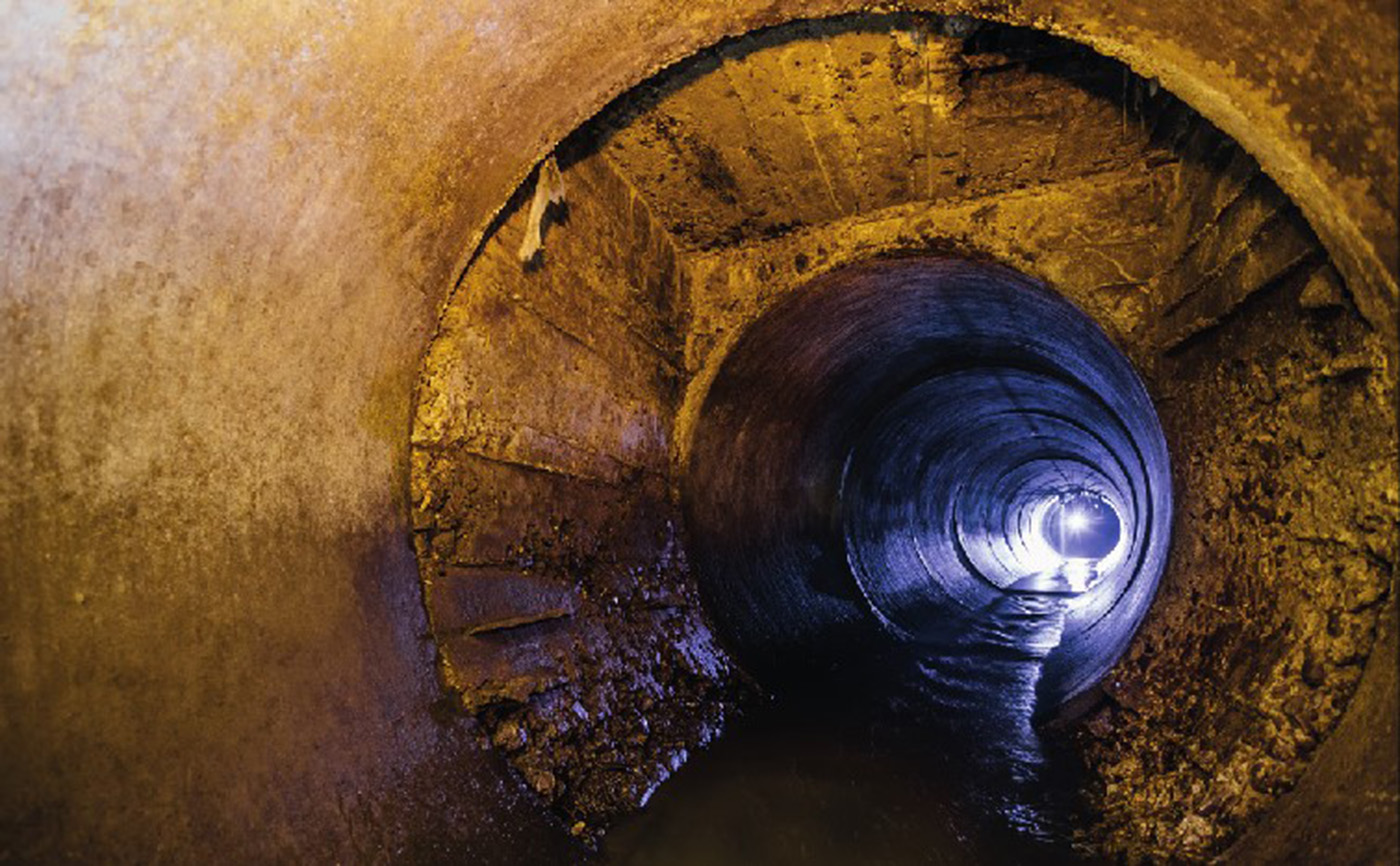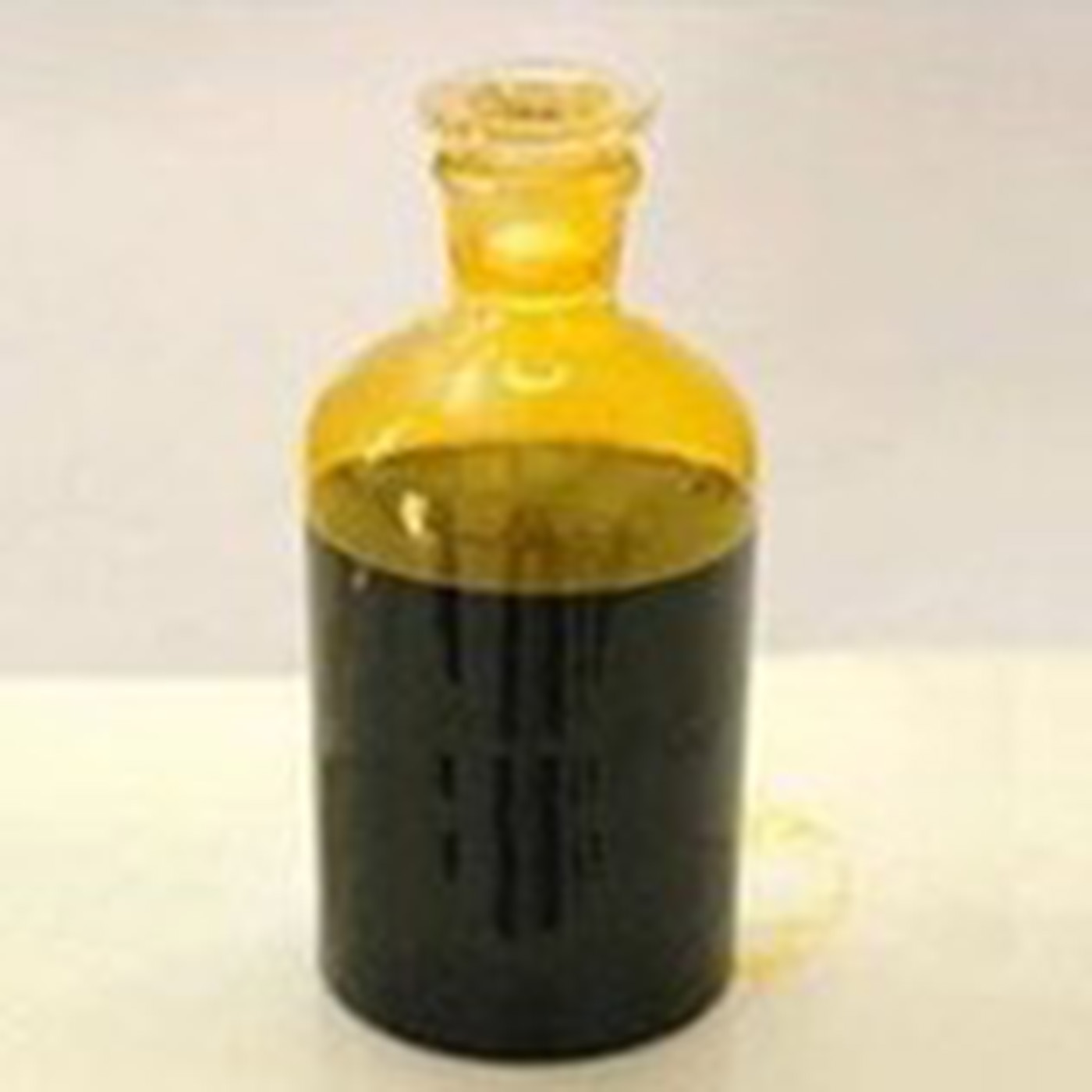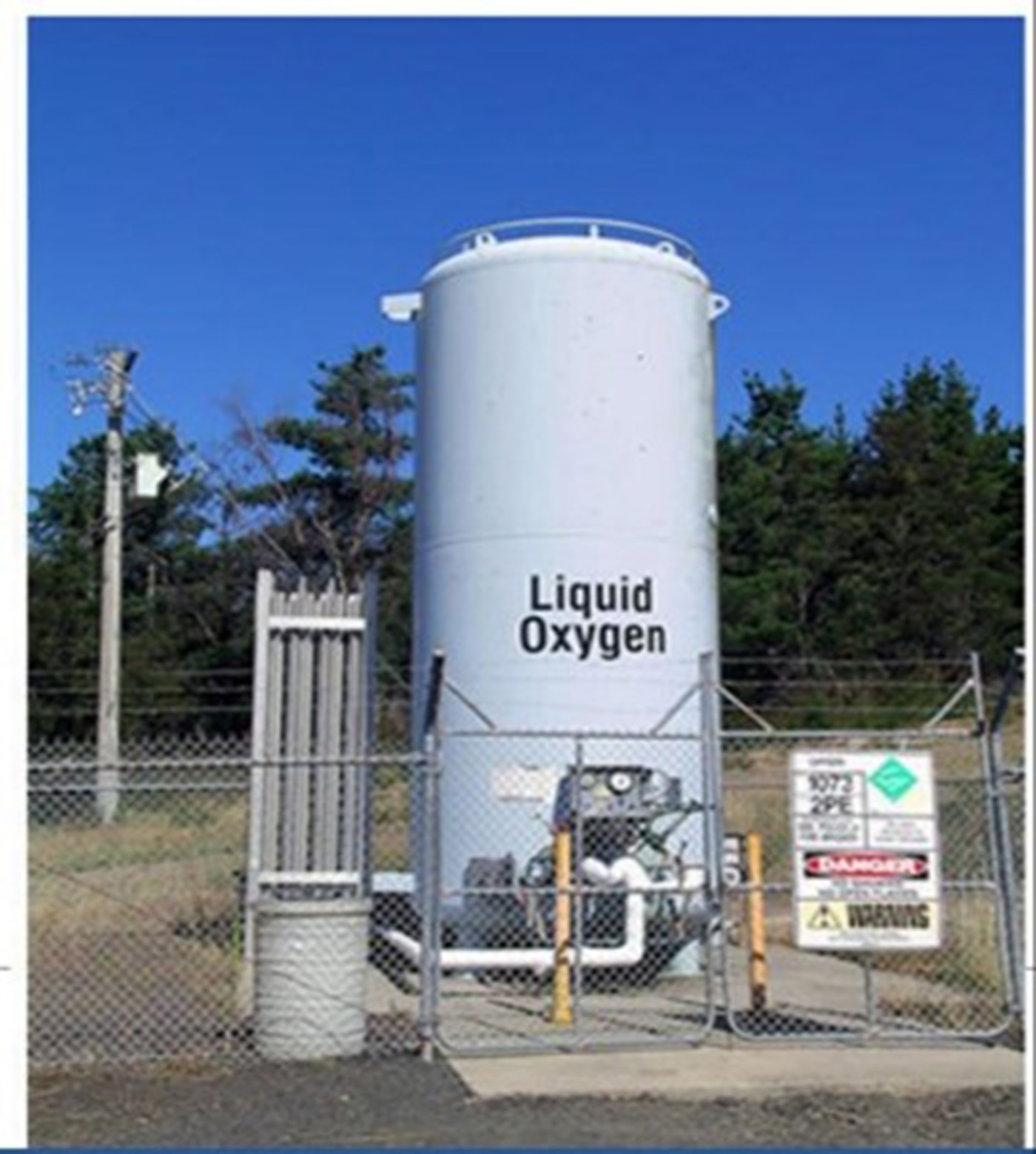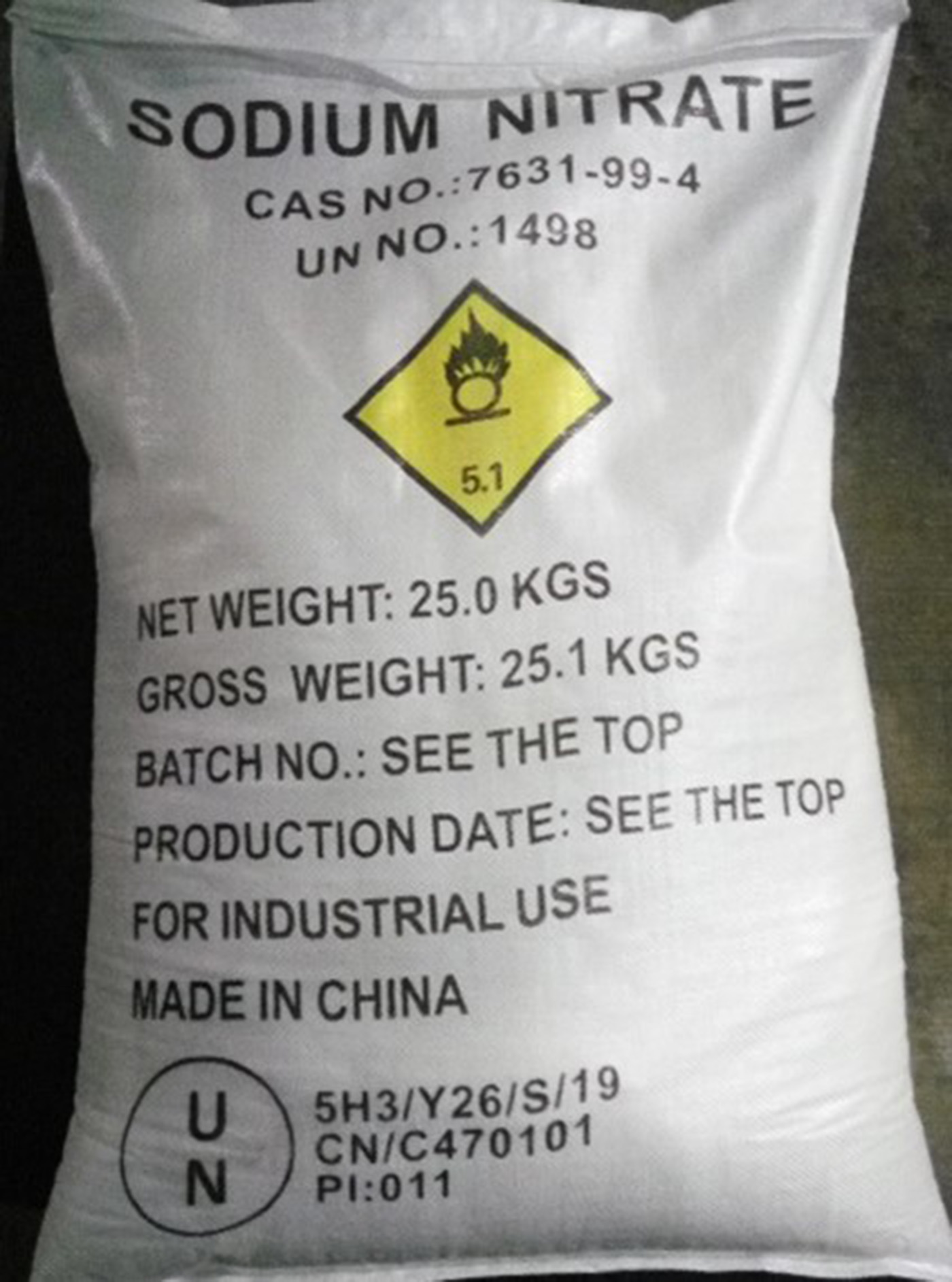
Hydrogen Sulphide (H2S) in wastewater networks is present to some extent in almost every region in New Zealand. High levels of H2S can also be commonplace, posing several serious challenges to asset owners and workers alike. Councils may not be aware they have an H2S issue until a concrete wastewater main collapses due to the acidic corrosion caused by H2S. In addition to the resilience and cost implications, H2S also can produce highly hazardous work environments for workers. In rare cases, H2S levels will be immediately life-threatening if workers are exposed. Even if levels are relatively low and these risks are mitigated, it can still produce a nuisance odour for the surrounding community reducing the amenity of the area at very low H2S concentrations. This hazardous gas is generated by Sulphate-Reducing Bacteria (SRB), which utilise sulphate molecules for energy in the absence of oxygen and nitrates, producing H2S as a byproduct.
To effectively address the issue of H2S in wastewater networks, various treatment options are available. While mechanical filtration like carbon filters are a common go-to for controlling odour, they do not eliminate the presence of H2S and can only handle low concentrations. While there may be operational changes that can be done to help prevent septicity, often the only practical course of action is to introduce chemical dosing. This article will focus on chemical treatment methods, examining their mechanisms, associated risks, and costs.
1. Ferric/Ferrous Chloride Treatment:
Ferric/Ferrous chloride reacts directly with sulphates, precipitating sulphur and rendering it unavailable to SRB. This method is generally effective and reliable, and dosing requirements can be calculated based on the amount of dissolved sulphates present. However, there are drawbacks to using Ferric or Ferrous Chloride. Firstly, it is hazardous, producing hydrochloric acid as part of its reaction. This creates risks to the public and workers and corrodes metal components. The acidic nature lowers pH, which can impact downstream treatment plants and create an acidic sludge that can build up in the pipework. The consequence of this is that the dosing system needs to be engineered to mitigate the safety and asset risks which leads to increased capital costs. In Australia, the chemical is produced as a waste byproduct from the steel industry meaning the costs of chemical for the Australian domestic supply are very low, making it an appealing choice. Unfortunately, for New Zealand, the costs for transporting and distributing the chemical from Australia add significant costs due to its status as a Dangerous Good.

2. Oxygen Addition:
Introducing oxygen into wastewater discourages SRB activity, thereby mitigating H2S production. There are three methods for adding oxygen. First, pure oxygen can be supplied through a locally installed pressurised tank, albeit with substantial safety precautions and associated costs due to the hazardous nature of pressurised oxygen. Oxygen can also be generated on-site using an oxygen generator at lower pressure. This is a safer and cheaper alternative, however, it will have higher ongoing electrical costs. Lastly, ambient air can be pressurised and bubbled through a diffuser in the wet well as a form of aeration. This can be inexpensive but has limited effectiveness due to the low solubility of oxygen in water. Overall, at very high volumes, oxygen can be the most economically favourable option despite the high capital costs.

3. Nitrate Treatment:
Similar to oxygen, nitrate is favoured over sulphates as an energy source for bacteria. By adding additional nitrates, this helps minimise the amount of sulphates that are reduced to H2S by SRB. Nitrates are usually supplied in the form of liquid Sodium Nitrate, however, Calcium and Magnesium Nitrates can be considered. Nitrates are oxidising chemicals at high concentrations which inherently carry storage and handling risks that must be managed. There have also been challenges with the security of supply for nitrates in recent years, as the world’s top producer, China, has limited its exports.

4. Magnesium Hydroxide (MHL) Treatment:
When SRB produce hydrogen sulphide, it will either exist partially as a gas or as a liquid (in the form of HS-) in equilibrium. How much exists in each form is dependent on the chemical and physical properties of the system. If the pH is low, more H2S gas exists, if the pH is high, more of the liquid HS- exists. Magnesium Hydroxide works based on this principle. Magnesium Hydroxide comes as a 60% slurry, commonly referred to as MHL. MHL is an alkaline chemical so adding it to water increases the pH. A pH of 8.5 is generally a sweet spot for reducing most of the H2S while minimising the amount of chemical needed. MHL is a very predictable and reliable means of reducing H2S. Additionally, increasing the pH also creates an unfavourable environment for SRB to grow, thereby limiting the amount of sulphides produced. Unlike many of its counterparts, MHL is practically non-hazardous. This is because Magnesium Hydroxide has low solubility in water, so even though it is technically a strong base, it can only increase the pH to around 10.5, even if it is added in excess. This also means that it won’t cause caustic burns if it gets on skin or corrodes equipment, thereby eliminating many of the storage and handling issues that hazardous chemicals require. However, even though it is non-hazardous, it still does require specialist dosing equipment to ensure the slurry stays in suspension and reliably doses. MHL may also not be suitable in large flow applications, as the total cost of the chemical increases proportionally to wastewater flow.

Summary
In conclusion, each chemical treatment option has its advantages and drawbacks. At Parklink, we have collaborated with industry leaders to address common challenges associated with Magnesium Hydroxide, making it an environmentally safe and cost-effective solution for many applications. Contact us to learn more about this and our other H2S dosing solutions.
If you would like to know more about hydrogen sulphide control in wastewater, contact the experienced team at Parklink.
